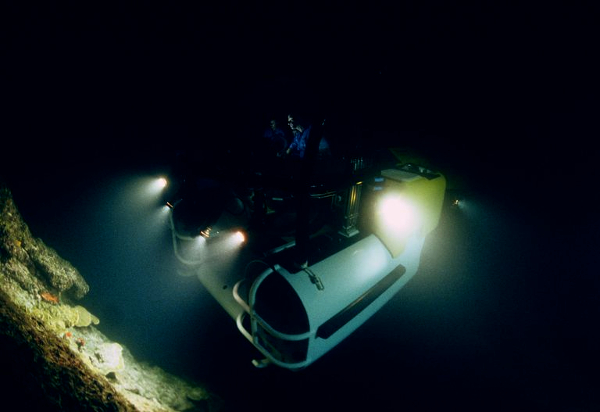Union Minister of State (Independent Charge) Science & Technology; Minister of State (Independent Charge) Earth Sciences; MoS PMO, Personnel, Public Grievances, Pensions, Atomic Energy and Space, Dr Jitendra Singh today launched India’s First Manned Ocean Mission Samudrayan at Chennai. He said, with the launch of this Unique Ocean Mission, India joins the the elite club of nations such as USA, Russia, Japan, France and China to have such underwater vehicles for carrying out subsea activities.
Dr Jitendra Singh said, this niche technology shall facilitate Ministry of Earth Sciences, MoES in carrying out deep ocean exploration of the non-living resources such as polymetallic manganese nodules, gas hydrates, hydro-thermal sulphides and cobalt crusts, located at a depth between 1000 and 5500 meters. He said, the preliminary design of the manned submersible MATSYA 6000 is completed and realization of vehicle is started with various organization including ISRO, IITM and DRDO roped-in to support the development.
The Minister informed that sea trials of 500 metre rated shallow water version of the manned submersible are expected to take place in the last quarter of 2022 and the MATSYA 6000, the deep water manned submersible will be ready for trials by the second quarter of 2024. He said, the advancing technologies in metallurgy, energy storage, underwater navigation and manufacturing facilities provides opportunity for developing more efficient, reliable and safe manned submersible.
Dr Jitendra Singh said that the underwater vehicles are essential for carrying out subsea activities such as high resolution bathymetry, biodiversity assessment, geo-scientific observation, search activities, salvage operation and engineering support. He said, even though unmanned underwater vehicles have improved manoeuvring and excellent vision systems resembling direct observation, manned submersible provides a feel of direct physical presence for researchers and has better intervention capability. With the advancing subsea technologies, the recent Fendouzhe manned submersible developed by China in 2020 has touched ~11000m water depths, the Minister added.
MoES officials explained that based on the experience gained over two decades in the development of unmanned robotic vehicles and systems for 6000 m operational capability, MoES-NIOT is indigenously developing a manned submersible with a depth capability of 6000 meters under the aegis of Deep Ocean Mission. The manned submersible is designed to carry three persons in 2.1 meter diameter Titanium Alloy Personnel Sphere with an operational endurance of 12h and systems to support emergency endurance up to 96h.
Some of the critical subsystems of the manned submersibles are development of Ti Alloy Personnel Sphere, Human support and safety system in enclosed space, low density buoyancy modules, Ballast and Trim System. Pressure compensated batteries and propulsion system, control and communication systems and Launching and Recovery System. System design, concept of operation, subcomponents functionality and integrity, emergency rescue, failure mode analysis are reviewed and certified as per the rules of International Association of Classification and Certification Society for man-rated usage of manned submersible at a depth of 6000 meters.
You may also like
-
Navigating India’s Skill Landscape
-
Trade Connect E-platform For Exports Is Single Window, Fast, Accessible And Transformational: Shri Piyush Goyal
-
India-us Working Together In Areas Like Critical Minerals, Supply Chains And Advanced Technologies: Shri Piyush Goyal
-
Cabinet Approves Health Coverage to All Senior Citizens of the Age 70 Years and Above Irrespective of Income
-
Cabinet Approves PM Electric Drive Revolution in Innovative Vehicle Enhancement (PM E-DRIVE) Scheme With An Outlay of ₹.10,900 Crore
